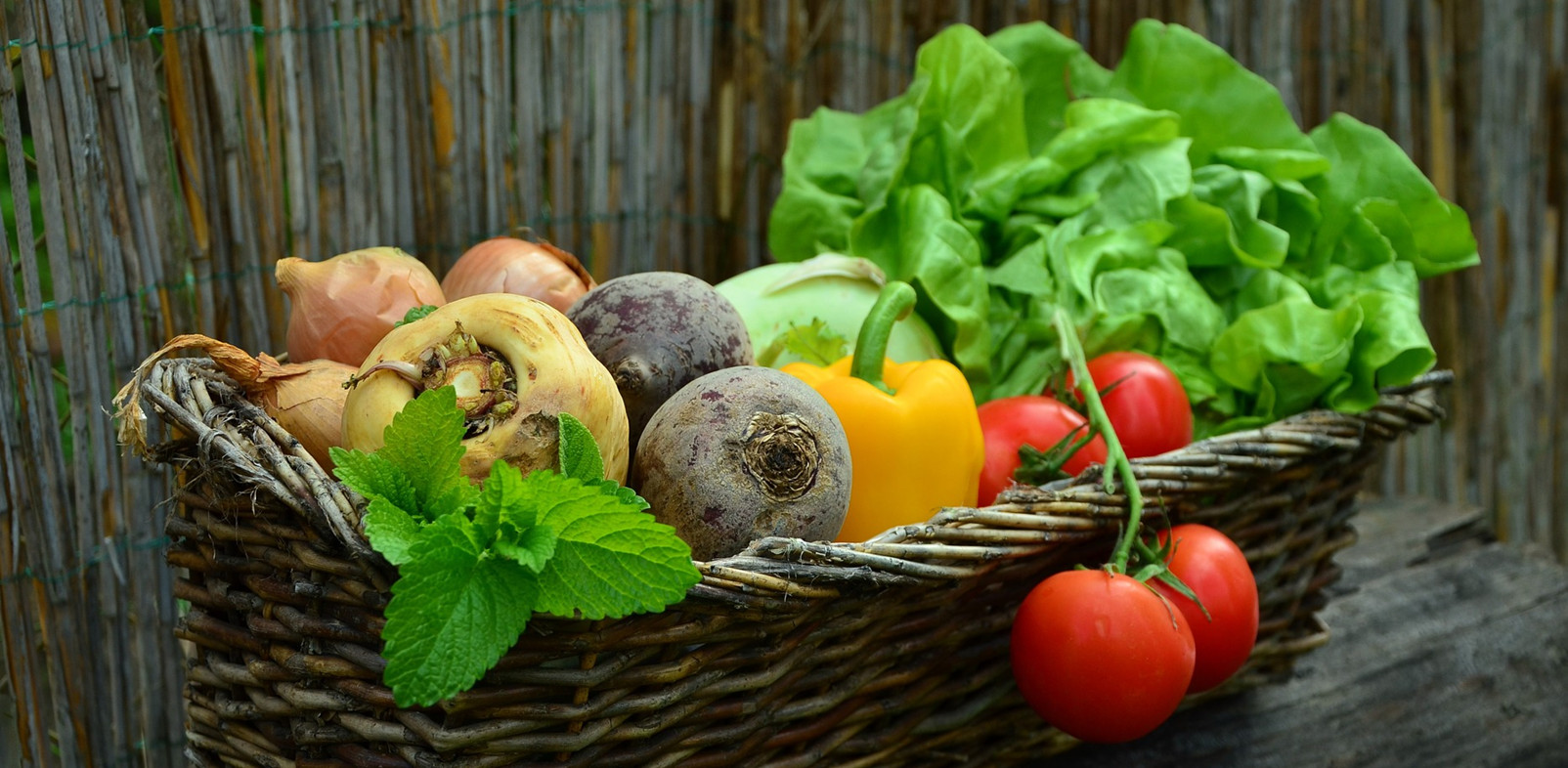Can you believe it that it is that time of year again! Your children are eager, excited, anxious, or perhaps intimidated to head back to the classroom for another school year. You’ve fearlessly pursued the stores to stock up on backpacks, notebooks, pencils and lunch boxes to make it the best year yet, but have you thought about how important healthy food choices can influence your child’s ability to maintain focus, their ability to learn and maximize their success?
Help your scholar have the best year possible no matter their grade, avoid or decrease the number of sick days, support their emotional health when learning life lessons and optimize their healthy overall development with naturopathic medicine!
Starting Simple...with Food as Medicine!
Nutritional deficiencies, hypoglycemia, food allergies, high sugar consumption, caffeine, food additives, artificial ingredients, and low protein intake have all been implicated in childhood behavioural problems, most commonly characteristics associated with ADHD. Identifying and addressing nutritional factors that might be affecting your child can help reduce such problems. Most importantly you can start by providing a diet rich in nutrients regardless of possible behavioural problems to optimize your child’s long-term health and development, improve cognitive functioning as well as their ability to be present and focus within the classroom and with their classmates.
Let’s start with Breakfast
Most children eat breakfasts that are high in sugar and loaded with simple carbohydrates. These types of food provide energy quickly, experienced as a burst of energy, but also results in a “blood-sugar crash” or an extreme low in energy. Children and adults alike will often feel fatigued, irritable, unable to focus, dizzy, jittery or occasionally nauseated in this energy crash. Having said this, it would not come as a surprise if the child who eats a bagel for breakfast in the morning displays anger outburst, an inability to focus or forgetfulness by mid morning.
TIP: Make breakfast protein-rich and carbohydrate-poor
GOAL: Balance blood sugar levels through their school day
It’s been proven that children who eat breakfast perform better in school.
Make it a priority for you and your kids. Keeping breakfast quick and easy is also important. Plan ahead and have ‘easy to eat’ foods readily available.
Try these “easy to eat” protein rich breakfast ideas:
- Homemade nut granola with milk and a piece of fruit
- Yogurt / nut butter (if peanut, 100% peanuts with no added sugar) and an apple
- Breakfast burrito: scrambled egg, black beans and salsa wrapped in a whole grain tortilla
- Breakfast pizza: toasted English muffin spread with thin layer of marinara sauce, topped with a scrambled egg, light sprinkle of cheese and toasted
- Toasted whole grain bagel spread with peanut or almond butter, topped with slices of banana
- 1/2 toasted English muffin with a hard boiled egg (salt and pepper to season) and a bowl of berries
- Scrambled eggs, a slice of cheese on a toasted whole grain toast
- Fruit smoothie with small amount of protein powder (recipes upon request) and a toasted whole grain toast and avocado pesto mash spread
Extra Tip: Just as carbohydrates can spike your child’s blood sugar, you can just imagine what a dessert would do. Try to avoid all dessert during the school day and try to replace sweets with healthy nutrient dense alternatives. ** it may be difficult at first because your child’s taste buds are accustomed to extremely sweet desserts, but overtime, their taste buds will become more sensitive. By developing healthy habits now, you will be setting them up for a healthy future!
Try these nutrient dense dessert ideas:
- Whole grain toast with almond or peanut butter and fruit sweetened jelly
- Almond or peanut butter spread on apple slices
- Nut granola with yogurt and drizzled honey
- Homemade granola bars
- Nut Energy no-bake balls
EXTRA TIP: If wanting a typical dessert, such as a cake or a pie - I would recommend to teach the importance of portion size to your children as well as baking desserts gluten free using nutrient dense flours such as almond flour, coconut flour, garbanzo bean flour, amongst others.
Lunch
Getting your child involved in their lunch preparation is key! They will more likely eat what they take to school if they have a part in the decision making process. Studies have shown that children who help pick and prepare their meals are more likely to eat them. Providing structure with choices for protein content, vegetable content and fruit/desert content - your child can learn to create a balanced meal for themselves and will ensure they are well nourished and energized for learning.
Try these quick, easy and healthy lunch alternatives:
- Brown rice bowls topped with meat and veggies
- Whole grain / rice pasta salad with diced chicken
- Hummus with veggies and whole grain pita bread
- Burritos made with brown rice and black beans in a whole grain tortilla with tomato salsa and grilled veggies. Can be leftovers from a dinner a couple days before and can be heated or eaten cold.
- Almond crusted chicken fingers (seems fancy, but super simple!)
- Whole grain crackers with almond butter
- Taco turkey lettuce wrap
KEY TO SUCCESS = Take a few hours on the weekend to shop, plan and prepare for next week’s meals.
For recipes follow Dr. McLaird’s on Pintrest and Facebook for regular delicious nutrient dense recipe to try for yourself! Search Dr. Kate Mclaird and “like” or “follow” to add her delicious recommendations to your social media feeds.
